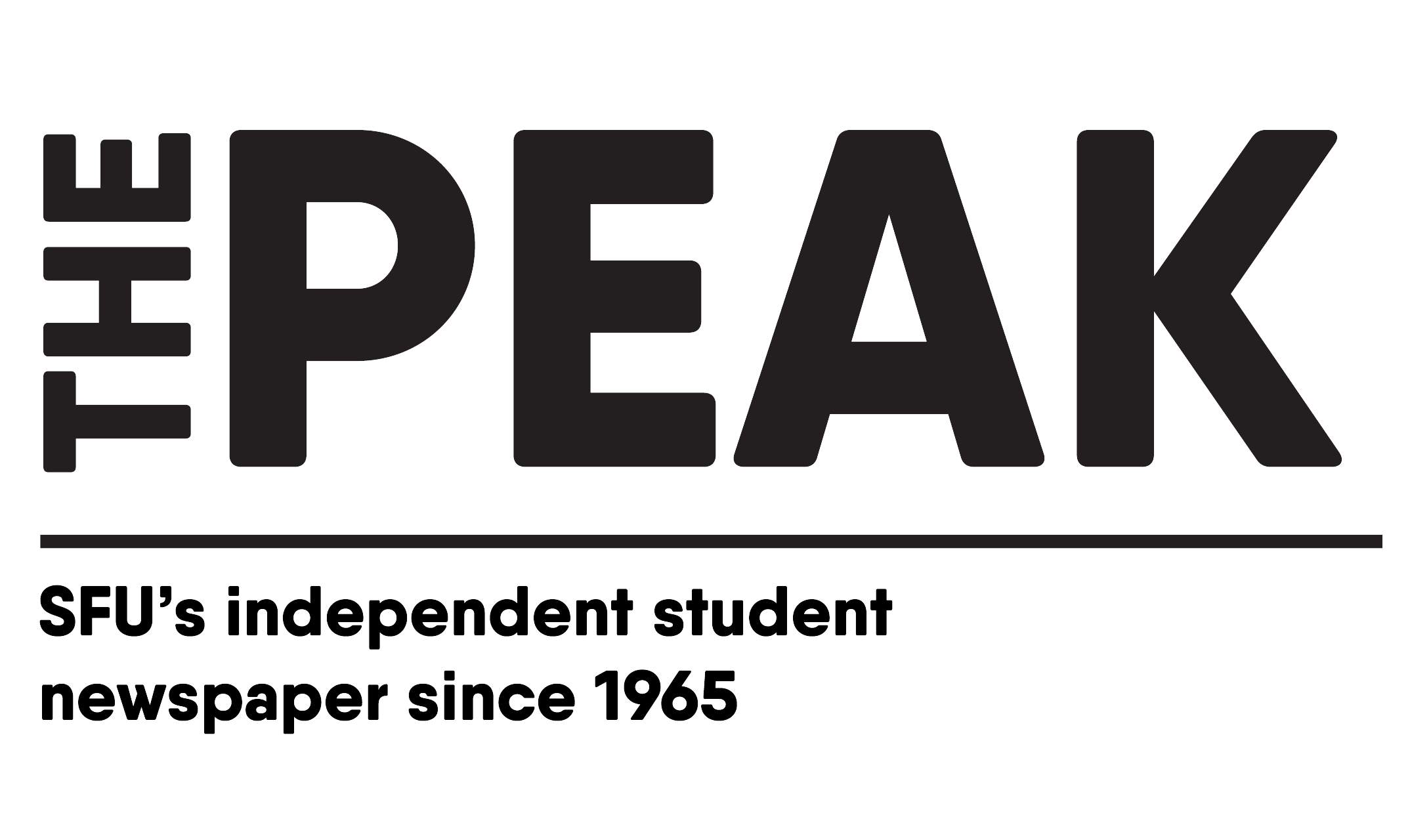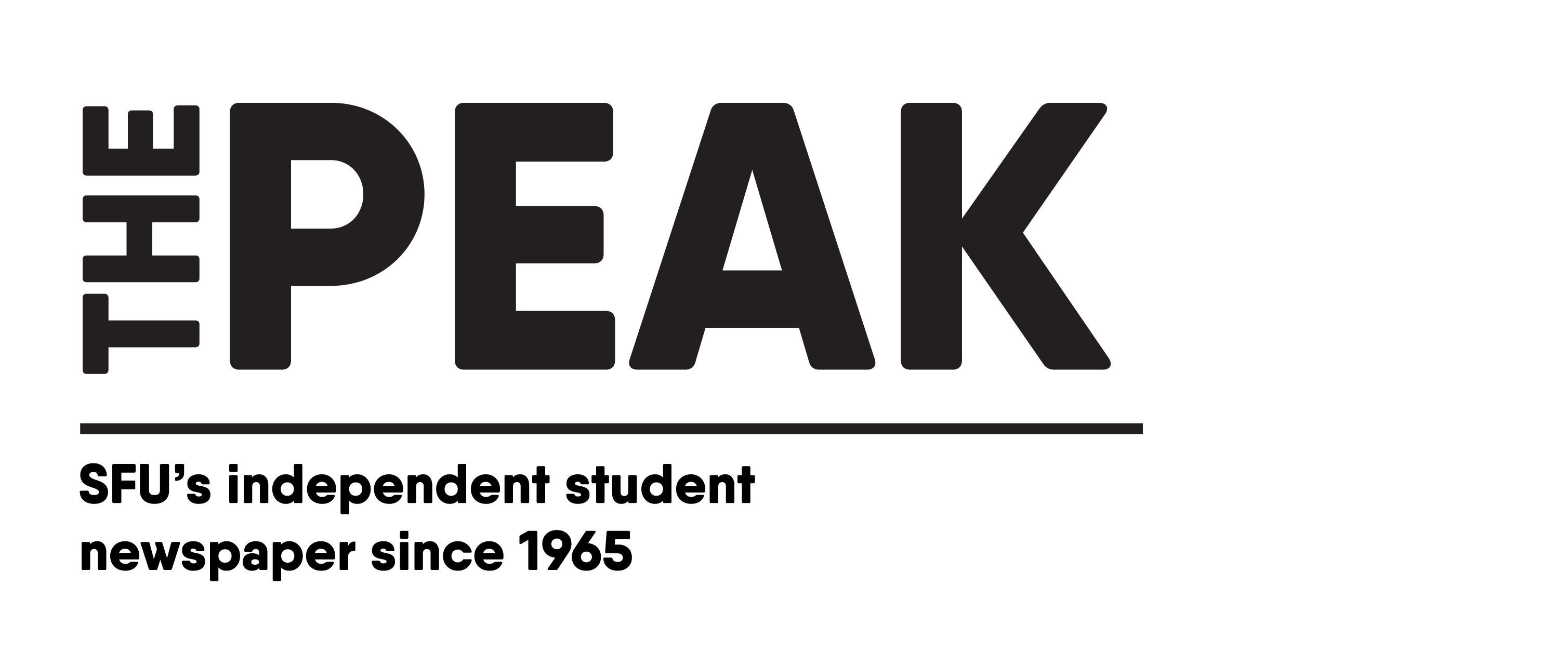By: Yasmin Hassan, Staff Writer
Some students might focus solely on grades and finishing courses as quickly as possible, slipping through the seams of this transitory institution that is colloquially compared to a prison complex. Though, like the winding vines that grow on the side of the W. A. C. Bennett Library, some students choose to root themselves into the student society. Student-led clubs, unions, and organizations are the heart of a thriving university community, where connection, collective support, and advocacy are built from the ground up. The university as we know it wouldn’t exist without them — they’re not just a part of campus life, they’re what bring it to life.
The roots of campus life
There’s a big difference between a student body — a group of students who happen to go to the same university — and a student society. Picture this: it’s September 1965 and SFU has just opened its doors to its campus sitting on Burnaby Mountain. Though thousands of students quickly filed up the hill and into the buildings, seeking out their educational prowess, it took quite some time for them to coagulate into a real student society. According to The Tartan, a former student-led publication, it took over a month for the first student government to be established and it’s been developing ever since.
Donald Arthur Pulsford, former SFU student, was instrumental in shaping SFU’s student community. He stepped up to the plate and championed student voices, laying the foundation for what is now the Simon Fraser Student Society (SFSS). As the first SFSS Public Relations Officer, he set up park-ins and sit-ins against tuition hikes and pushed for the creation of the Student Union Building (SUB). He was also co-founder of The Peak, originally named S.F.View.
In 1994 came the first meeting of Students of Caribbean and African Ancestry (SOCA), which created a space for students of African and Caribbean heritages ever since. They’ve tackled issues such as racism, advocating for hiring and amplifying the voices of Black professors, and more. SFPRIG has rallied around critical issues through action groups, such as the committee to end ableism, racialized resistance and healing, and no cops on campus. And let’s not forget how these two and several other groups brought systemic change to the student government to include marginalized communities and fought for their space in the SUB. If only Pulsford could see what would come decades later from his idea of the SUB.
When the First Peoples’ Gathering House began construction in 2019, SFU First Nations, Metis & Inuit Student Association (FNMISA) condemned SFU for failing to adequately consult them on the plans, even going as far as barring Indigenous students from entering discussions. Thus began the Let Us Speak campaign, backed by tens of allied student-led groups who amplified their mission: “Indigenous students should be the centre of reconciliation work on this campus, as we are the ones on the front lines of fighting systemic issues that continue to create barriers to achieving our academic goals,” the group wrote.
These efforts remind us that a student community is shaped by the collective will and solidarity of its members.
“A student community is shaped by the collective will and solidarity of its members.”
The SFSS, clubs, student societies, and more
The SFSS is the central organization representing and advocating for students. They also administer the student society fee towards student-led groups and resources like the health and dental plan, BC U-Pass, several grants, and more. The SFSS is present everywhere, from maintaining the SUB to student-led events, but many don’t know what goes on behind the scenes. In an interview with Sam Killawee, vice president internal and organizational development, we get an inside look at his role and the work that goes into supporting student initiatives and the challenges they face. As Killawee explains, “My connection to the student body is a little bit more tenuous than that of some of the other executives as my role is very much an internal facing one.” He is one of two executive members overseeing student health and dental plans and focuses primarily on reviewing the SFSS’ policies to assess governance structure.
For context, clubs are groups with a specific interest and mandate, student unions represent students within a certain department or faculty, and constituency groups “represent and serve its members who share an experience or condition of oppression and systemic discrimination.” FNMISA provides resources such as safe spaces, Elder visits, cultural workshops, academic support, and more to First Nations, Métis, and Inuit students.
There’s also independent student societies, which operate autonomously to serve the broader student body. Embark Sustainability, for instance, is a climate-driven group which provides essential food security resources to students.
Killawee highlights how student-led groups offer essential spaces and resources for marginalized communities beyond the academic institution. He also recalls the Tuition Freeze Now movement, which he says “stands out to [him] as a moment when a lot of student societies banded together in solidarity.” Despite these successes, Killawee underscores the challenges student societies and clubs face, particularly in terms of stagnant funding. Membership fees (Student Society Membership Dues) haven’t increased since 2006. Since their last fee adjustments, many student-run services and societies have experienced significant inflationary erosion. Almost two decades have passed and there hasn’t been a membership increase while inflation has risen by 48% since. Campus radio station CJSF has not adjusted fees since 2009, while The Peak fees have remained unchanged since 2003, and the most striking being SFPRIG, whose fees have remained stagnant since 1995.
“At some point, we’re going to get to a place where the funds that we have no longer have the same buying power that they used to.” Killawee stresses the importance of student engagement like “coming out to student events and events run by your student society,” reminding students, “these are your societies . . . and they work for you.”
Voices of the community
So, what do students have to say about the importance of student societies? The Peak sent out a survey to students to share their thoughts. Yulissa Huamani, an arts and social sciences student, said “student led organizations allow students to find like-minded people.” Huamani also notes on memorable experiences, “I remember assisting many events organized by clubs such as the career night hosted by the International Studies [Student Association] allowing me to hear professionals’ perspective and experience.” Paiton, a student majoring in history and member of the Association of Latin American Students, said, “I made a majority of my life-long friends from clubs run by students,” and that clubs and societies “foster community and create a space outside of the classroom for people to meet.” Sena Isik, a member of Embark Sustainability, mentioned the impact of their society, citing the reduction of CO2 by reducing food waste on campus. One student mentioned how having organizations for and by students is “a good way for students to be engaged with university life and to be a part of the community, by either joining or designing their own organizations.” Education major Katie Wilkie said student-led media “impacts the way I receive information. I like to know fellow students or local journalist are where I’m getting my information.”




